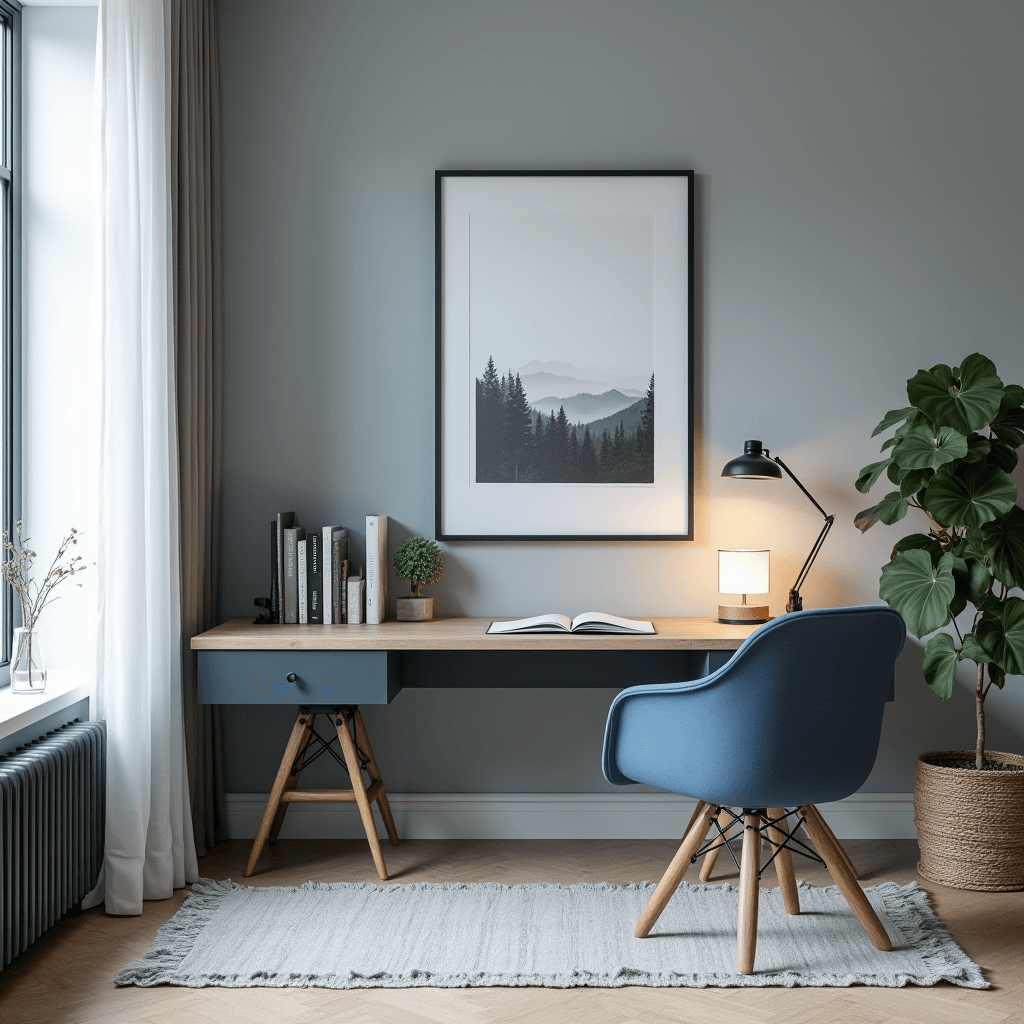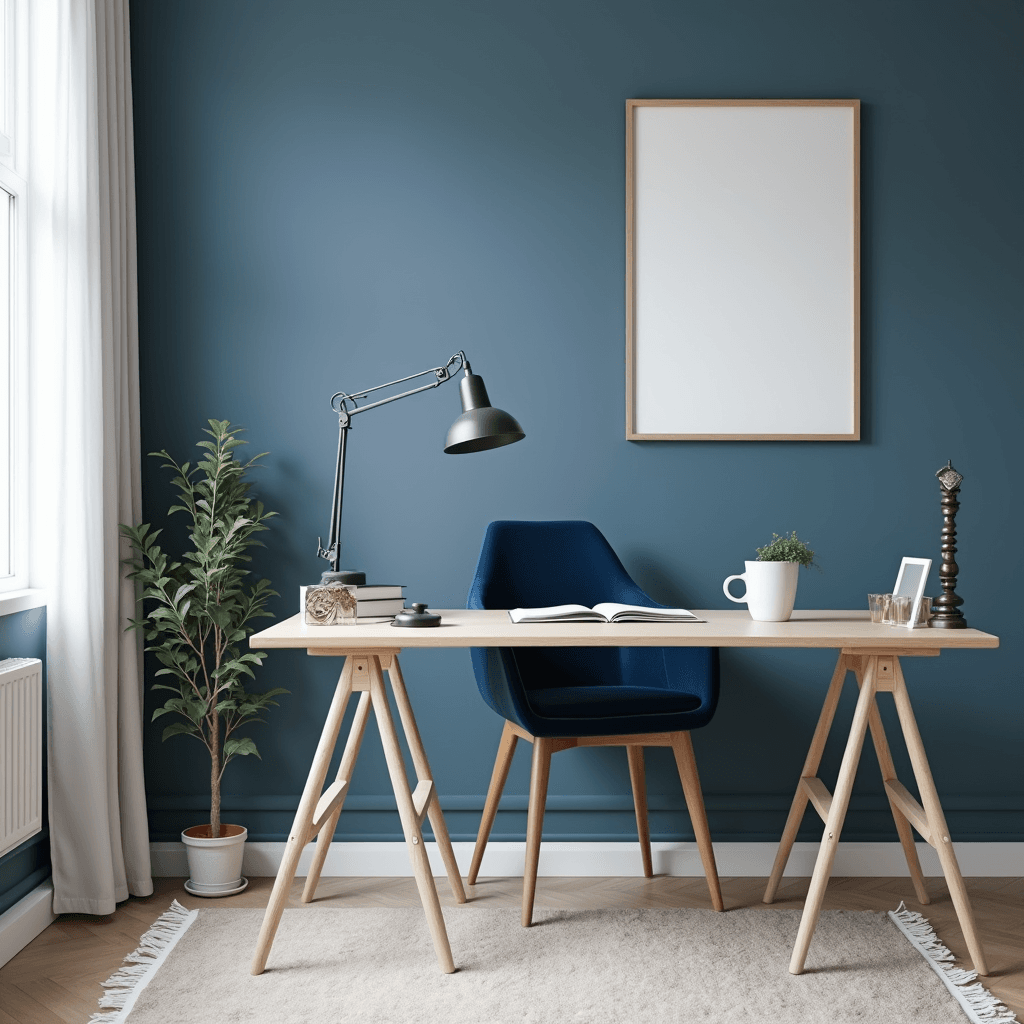Introduction
Welcome to the ultimate guide on how to design a home office that boosts productivity. In today’s fast-paced world, more and more people are opting to work from the comfort of their own homes. However, creating a workspace that promotes focus and efficiency can be a challenge. In this article, we will explore various ideas and tips to help you design a home office that not only meets your aesthetic preferences but also enhances your productivity. Whether you’re a freelancer, a remote worker, or someone who simply wants a dedicated space for personal projects, these productivity-focused workspace ideas will surely inspire you.
Creating the Perfect Work Environment
Before diving into the specifics of home office design, it’s important to understand the key elements that contribute to a productive work environment. Lighting, ergonomics, and organization are all crucial factors that can greatly impact your focus and efficiency. By setting up a dedicated workspace that aligns with these principles, you can create an environment that fosters productivity and helps you stay motivated throughout the day.

Choosing the Right Furniture
The furniture you choose for your home office plays a significant role in creating a productive workspace. When selecting a desk, prioritize functionality and comfort. Consider the size of your workspace, the type of work you do, and the equipment you use. Additionally, invest in an ergonomic chair that provides proper support for your back and promotes good posture. Remember, a comfortable and well-designed workspace can significantly improve your productivity levels.
Optimizing Lighting
Lighting is a critical aspect of any workspace, as it directly affects your mood, energy levels, and overall productivity. Natural light is ideal, so try to position your workspace near a window. If natural light is limited, incorporate artificial lighting that mimics natural daylight. Avoid harsh, fluorescent lighting as it can cause eye strain and fatigue. Experiment with different lighting setups to find the perfect balance that suits your needs.
Eliminating Distractions
Distractions can hinder your productivity and make it difficult to focus on your work. Take the time to declutter your workspace and remove any items that may divert your attention. Consider using noise-cancelling headphones or a white noise machine to block out external sounds. Additionally, set boundaries with family members or roommates to ensure uninterrupted work hours. Creating a dedicated and distraction-free zone will greatly enhance your productivity.

Personalizing Your Space
Your home office should be a reflection of your personality and style. Adding personal touches to your workspace can help create a sense of ownership and make it more inviting. Incorporate elements that inspire and motivate you, such as artwork, plants, or meaningful decor. However, be mindful not to overcrowd your workspace, as too many personal items can become distracting. Strike a balance between personalization and maintaining a clutter-free environment.
Staying Organized
An organized workspace is essential for productivity. Invest in storage solutions such as shelves, cabinets, and desk organizers to keep your supplies and documents neatly arranged. Use cable management systems to prevent tangled cords and create a clean and streamlined look. Regularly declutter your workspace and develop a filing system to ensure easy access to important documents. A well-organized workspace promotes efficiency and saves you valuable time.
Creating a Functional Layout

The layout of your home office can greatly impact your workflow. Consider the flow of your tasks and arrange your furniture accordingly. Place frequently used items within arm’s reach to minimize distractions and maximize efficiency. If space allows, create distinct zones for different activities, such as a dedicated area for brainstorming or a cozy corner for relaxation. Experiment with different layouts until you find one that suits your work style and preferences.
Incorporating Greenery
Adding plants to your home office can do wonders for your productivity and well-being. Not only do they improve air quality, but they also create a calming and visually appealing environment. Choose low-maintenance plants that thrive indoors, such as succulents or pothos. Position them strategically around your workspace to create a soothing atmosphere. Just a touch of greenery can make a significant difference in enhancing your productivity.
Conclusion
Designing a home office that boosts productivity is an exciting and rewarding endeavor. By focusing on elements such as lighting, furniture, organization, and personalization, you can create a workspace that not only looks aesthetically pleasing but also enhances your focus and efficiency. Remember to experiment with different ideas and adapt them to your specific needs. With the right design choices and a little bit of creativity, your home office can become a sanctuary of productivity and inspiration.
FAQs
Q: How important is natural light in a home office?
A: Natural light is highly beneficial for productivity as it promotes a positive mood and reduces eye strain. If natural light is limited, consider using full-spectrum lighting or daylight-mimicking bulbs.
Q: What are some ways to minimize distractions in a home office?
A: Declutter your workspace, use noise-cancelling headphones, and set boundaries with family members or roommates to ensure uninterrupted work hours. Creating a dedicated and distraction-free zone will greatly enhance your productivity.
Q: Are standing desks a good option for a home office?
A: Standing desks can be a great option as they promote better posture, increased energy levels, and improved circulation. However, it’s important to find the right balance between sitting and standing to avoid fatigue or discomfort.
Q: How can I incorporate storage solutions in a small home office?
A: Optimize vertical space by using wall-mounted shelves or floating shelves. Utilize under-desk storage units or invest in a desk with built-in storage. Additionally, consider using multi-functional furniture pieces that offer hidden storage compartments.

